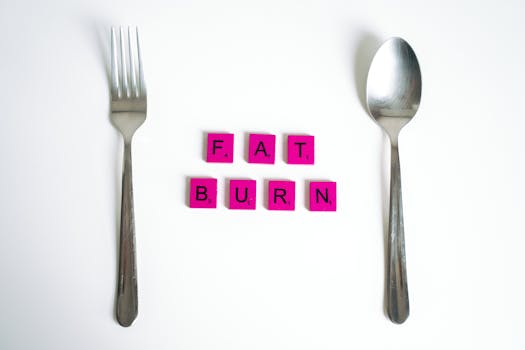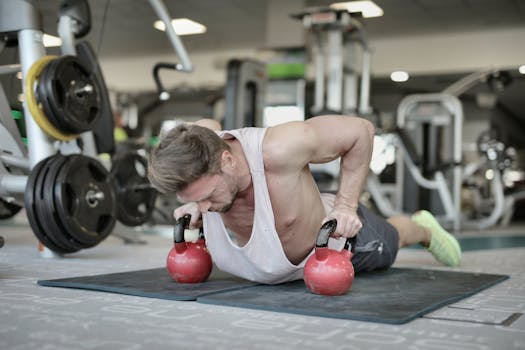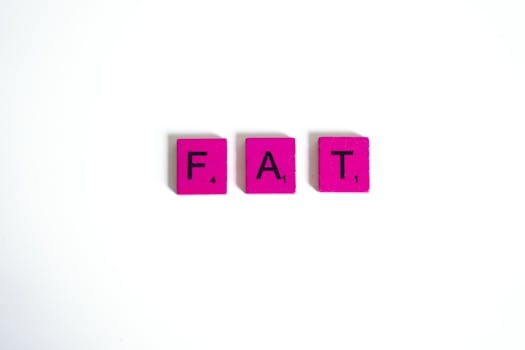Unlocking Fat Loss: Short Bursts of Intense Exercise for Maximum Results
Takeaways: Short bursts of intense exercise, known as High-Intensity Interval Training (HIIT), can significantly improve fat loss and metabolic rate. By incorporating these techniques into your routine, you can achieve better results in less time. This article explores the benefits, effective methods, and tips to maximize your workout efficiency.
Understanding the Science Behind HIIT

One of the primary reasons why HIIT is so effective is due to the principle of excess post-exercise oxygen consumption (EPOC). After a high-intensity workout, your body continues to consume oxygen at an elevated rate, which leads to additional calorie burn. This effect can last anywhere from several hours to a full day after your workout. Therefore, incorporating short bursts of intense exercise into your routine can significantly enhance your fat loss efforts.
Benefits of Short Bursts of Intense Exercise

- Time Efficiency: HIIT workouts typically last between 15 to 30 minutes, making them ideal for individuals with busy schedules.
- Increased Fat Loss: Research indicates that HIIT can lead to greater fat loss compared to steady-state cardio, especially visceral fat.
- Improved Cardiovascular Fitness: Short, intense workouts can improve your heart health and aerobic capacity.
- Muscle Preservation: HIIT helps in preserving lean muscle mass while promoting fat loss, which is crucial for maintaining a healthy metabolism.
- Variety and Fun: The fast-paced nature of HIIT can make workouts more enjoyable and less monotonous than traditional cardio.
How to Incorporate HIIT into Your Routine

- Choose the Right Exercises: Opt for exercises that engage multiple muscle groups, such as burpees, sprinting, jump squats, or kettlebell swings. These compound movements will maximize your calorie burn.
- Plan Your Intervals: A common HIIT structure involves 20-30 seconds of all-out effort followed by 10-30 seconds of rest. Adjust the work-to-rest ratio based on your fitness level.
- Warm-Up and Cool Down: Always start with a warm-up to prepare your body and a cool-down to promote recovery. This can help prevent injuries.
- Frequency: Aim for 2-3 HIIT sessions per week, allowing for recovery days in between. This balance will maximize fat loss without overtraining.
- Track Your Progress: Keep a record of your workouts and progress. This will help you stay motivated and make necessary adjustments.
Conclusion




